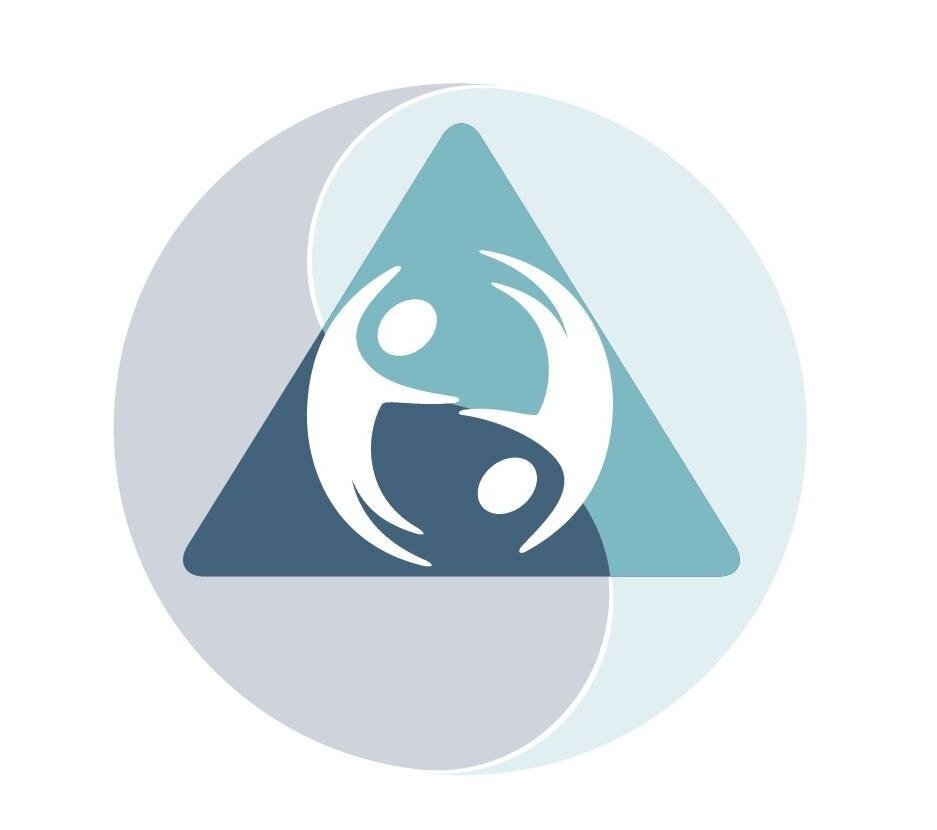Acupuncture
Acupuncture has been employed as a health care modality for over 3,000 years. With its origins from China and its later influence throughout other countries in Asia and Europe, many people seek Acupuncturists as their primary form of medical care. In 1997, the National Institute of Health claimed that “there is sufficient evidence of acupuncture’s value to expand its use into conventional medicine.” Furthermore, the Consensus on Acupuncture reports that “studies have demonstrated that acupuncture can cause multiple biological responses, mediated mainly by sensory neurons, to many structures within the central nervous system. This can lead to activation of pathways, affecting various physiological systems in the brain, as well as in the periphery.”
Acupuncture and Chinese medicine are safe, effective and drug-free therapies that can help address a wide variety of common ailments and problems. The classical explanation on how Acupuncture works is based on the principles of “Qi,” (pronounced as “chee”) that circulates throughout our body in pathways called “meridians.” These energy pathways flow through the body, in conjunction with the blood vessels that make up our circulatory system and nourish our tissues, organs, muscles and more. An obstruction in the movement of the energy will cause disease, pain, inflammation, and under nourishment to the rest of the body.
Once the imbalances of Qi are detected, an acupuncturist can place fine, sterile needles at specific acupoints along the meridian pathways. These thin needles are usually close to the diameter of a single strand of hair, and can usually fit into the hole of any syringe, thus, making acupuncture very painless and safe. With the needles inserted into the skin, the once obstructed pathways begin to open and allow the unbalanced Qi to flow freely and circulate through the body again providing proper nourishment. This can eliminate pain and restore balance and harmony, as well as allow the body to heal itself ultimately leading to optimal health and well-being.
According to the World Health Organization (WHO) and National Institute of Health (NIH), Acupuncture has been recognized to be effective in the treatment of a wide variety of medical problems, including:
Adverse reactions to radiotherapy or chemotherapy
Abdominal pain
Allergic rhinitis, including hay fever
Bell’s Palsy
Cancer Pain
Chronic Gastritis
Morning Sickness
Diabetes Mellitus, non-insulin dependent
Dysmenorrhea
Earache
Epistaxis
Facial Pain
Facial Spasm
Female Infertility
Fibromyalgia
Headache
Hepatitis B virus carrier status
Herpes Zoster
Premenstrual Syndrome
Prostatitis
Raynaud Syndrome
Renal Colic
Retention of urine
Rheumatoid Arthritis
Schizophrenia
Sciatica
Sore throat
Spine pain
Sprain
Stiff neck
Stroke
TMJ
Tennis Elbow
Ulcerative Colitis
Addictions
Whooping Cough
Hypertension
Induction of Labor
Insomnia
Knee Pain
Leukopenia
Low Back Pain
Male sexual dysfunction
Malposition of fetus
Nausea and Vomiting
Neck Pain
Obesity
Osteoarthritis
Pain in dentistry
Peptic Ulcer
Periarthritis of shoulder
Polycystic Ovary Syndrome
Postoperative Pain
For treatments without the use of needles, the following techniques help to stimulate your body’s acupuncture meridian/energy system:
Total Body Modification (TBM)
Natural Healing (NH) Systems
Neuro-Emotional Technique (NET)
Korean Hand Acupuncture
Cold Laser Therapy
Lifewave Homeopathic patches
Electro therapy Point Stimulation
Cupping, and more.




